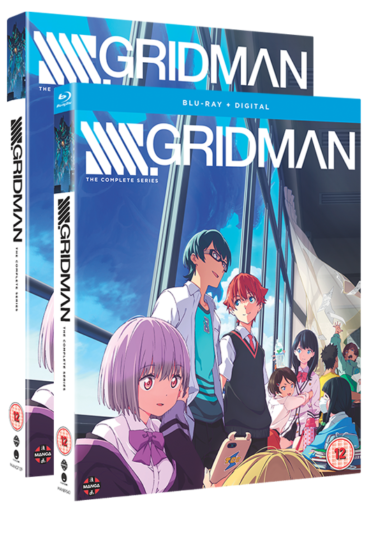SSSS.Gridman: The Complete Series Review
I’m sure most people reading this will be familiar with tokusatsu in some form, having at least heard of Power Rangers, the US adaptation of Toei’s Super Sentai franchise. While the cheap and cheerful battles against giant rubber-suited monsters have a certain niche in the West, they are a big business over in Japan, where shows like the aforementioned Super Sentai, Kamen Rider and Tsubaraya Production’s Ultraman are still delighting children and adults to this day. While mostly grounded in live-action, the genre has been trying to break new ground in animation for the past couple of years, with the likes of 2019’s CGI Ultraman series from Production I.G. and Sola Digital Arts; and this 2018 entry in sister franchise Gridman the Hyper Agent from Studio Trigger.

While it remains faithful to the original TV show and borrows some of the same ideas, such as having three main characters come into contact with the digitised hero Gridman and battle against giant kaiju, the series tells its own original story infused with Studio Trigger’s trademark style and eccentricity.
The series beings with our protagonist, Yuta Hibiki, waking up in the room of his classmate Rikka Takarada, with no memory of who he is or what he is doing there. As he comes to, he hears a strange voice which leads him to the old computer in the junk shop downstairs, which appears to be inhabited by a robotic figure called Gridman that only Yuta can see. While Rikka is sceptical and passes it off as a symptom of his amnesia, his best friend and tokusatsu nerd Sho Utsumi thinks differently, so they decide to investigate the machine after school. While doing so, a giant kaiju begins attacking the city out of nowhere, and Yuta is pulled into the computer by Gridman, before finding himself transformed into the giant hero and forced to battle the kaiju. While he is able to defeat it, a mysterious fog envelops the city after the battle and resets it, restoring buildings and removing the incident from people’s memories. Being the only ones who remember the kaiju, the trio decide to work with Gridman and form the Gridman Alliance to both defend the city and find out why it is under attack.
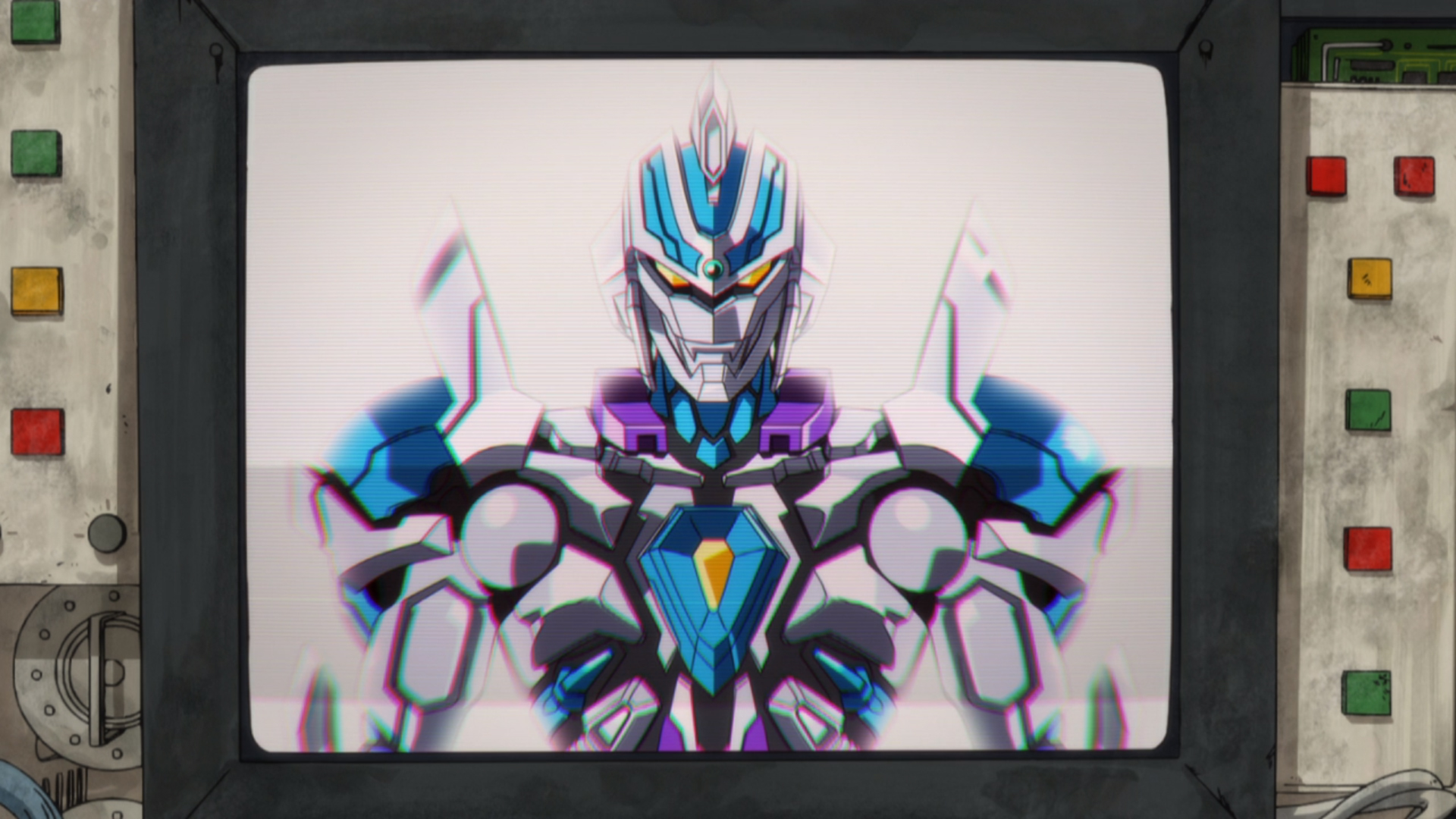
The show mostly takes on a monster-of-the-week format, where each episode throws up an even more powerful kaiju for Yuta and Gridman to defeat. I love the designs of the kaiju themselves, and from what little live-action tokusatsu I have seen they seem very faithful to the genre, with a mix of dragon-like designs with a variety of powers like shooting fireballs or laser beams, or having tentacle-like appendages which they swing around to cut down buildings.

Switching from live action to animation has both pros and cons, with the monsters still looking really fearsome and convincing, and the action sequences showing a lot of creative freedom; from large scale punch-ups in the city to entire volcanoes transforming into kaiju and turning the surrounding forests into a sea of flames. Some sci-fi elements that appear later in the series also have more of a chance to shine, with a distinct digital age tone. However, the scale of the destruction doesn’t feel quite as grand, particularly in the city fights, where the backgrounds often don’t respond to the kaiju and Gridman trying to smash each other up as much as they should. This is still Studio Trigger though, and their influence shines through, with some similarity with Gurren Lagann and Kill la Kill in the transformation sequences and character designs, along with some honourable mentions to the legacy of Evangelion in the dialogue.
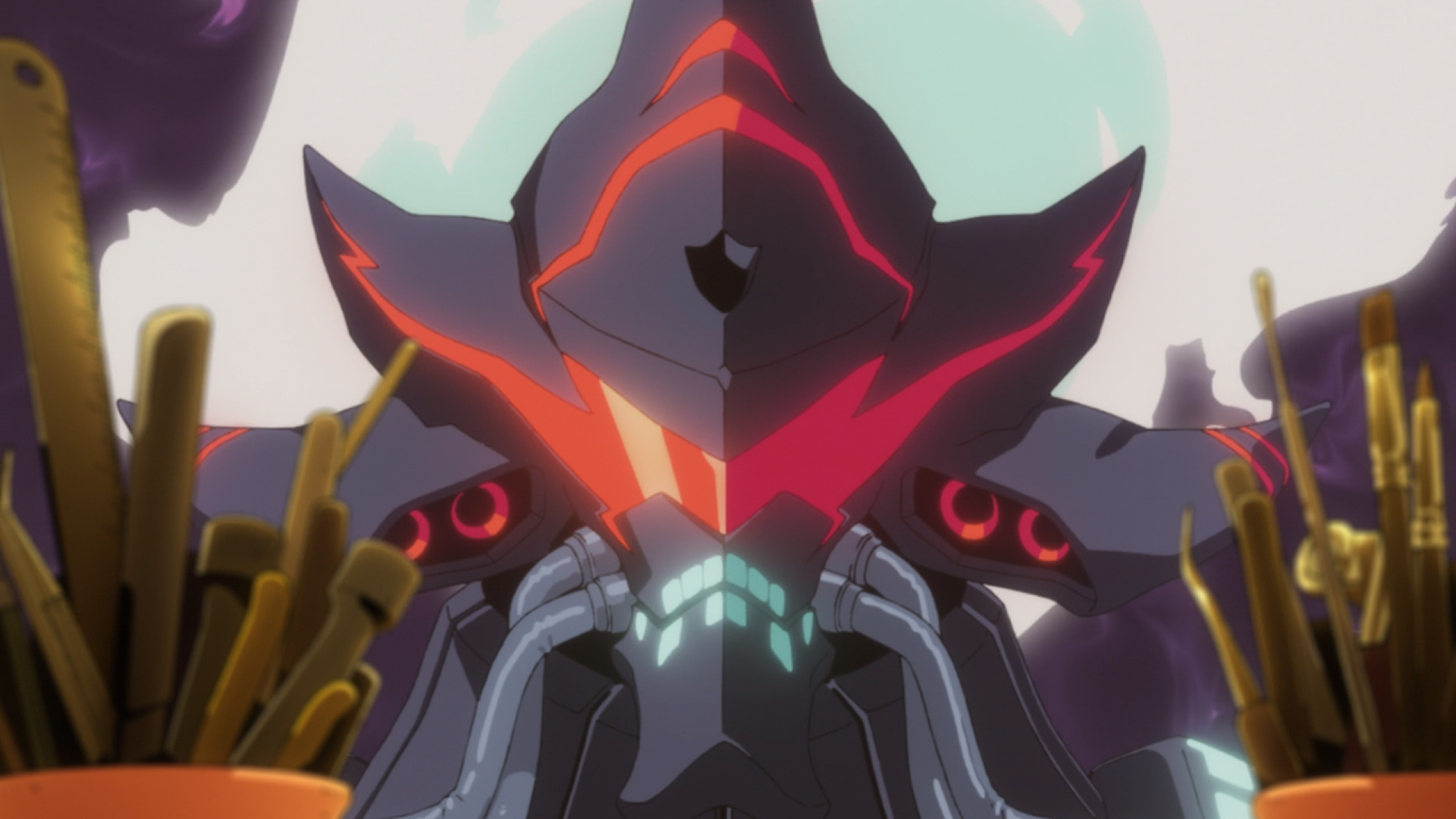
You can see this most strongly in the villain Alexis Kerib, whose design you may recognise from a certain character in Space Patrol Luluco, and the four Hyper Agents who offer Gridman assistance: Samurai Calibur, Max, Borr and Vit, each of which can transform into a weapon that Gridman can combine with to become stronger. While airing, the show became particularly known for the sexualisation of its female characters, particularly Rikka and fellow classmate Akane Shinjo, with it having an unsettling focus on the former’s thighs and the latter’s feet. Different strokes for different folks and all, but I found it a little distracting at times and that it didn’t really add anything to the show.

Rikka and Akane are fine enough characters on their own without this sexualisation, with a large part of the story focussing on how the kaiju attacks affect their friendship. For SSSS.Gridman isn’t just about battling giant monsters, additionally carrying some rather sentimental themes, like the meaning of friendship and what it means to be a living being with a heart full of emotions, often contrasting its human characters against the kaiju being mindless forces of destruction. And it’s these themes that take it from a solid tokusatsu series to a really good anime as it creates a really engaging story with a strong cast of characters.
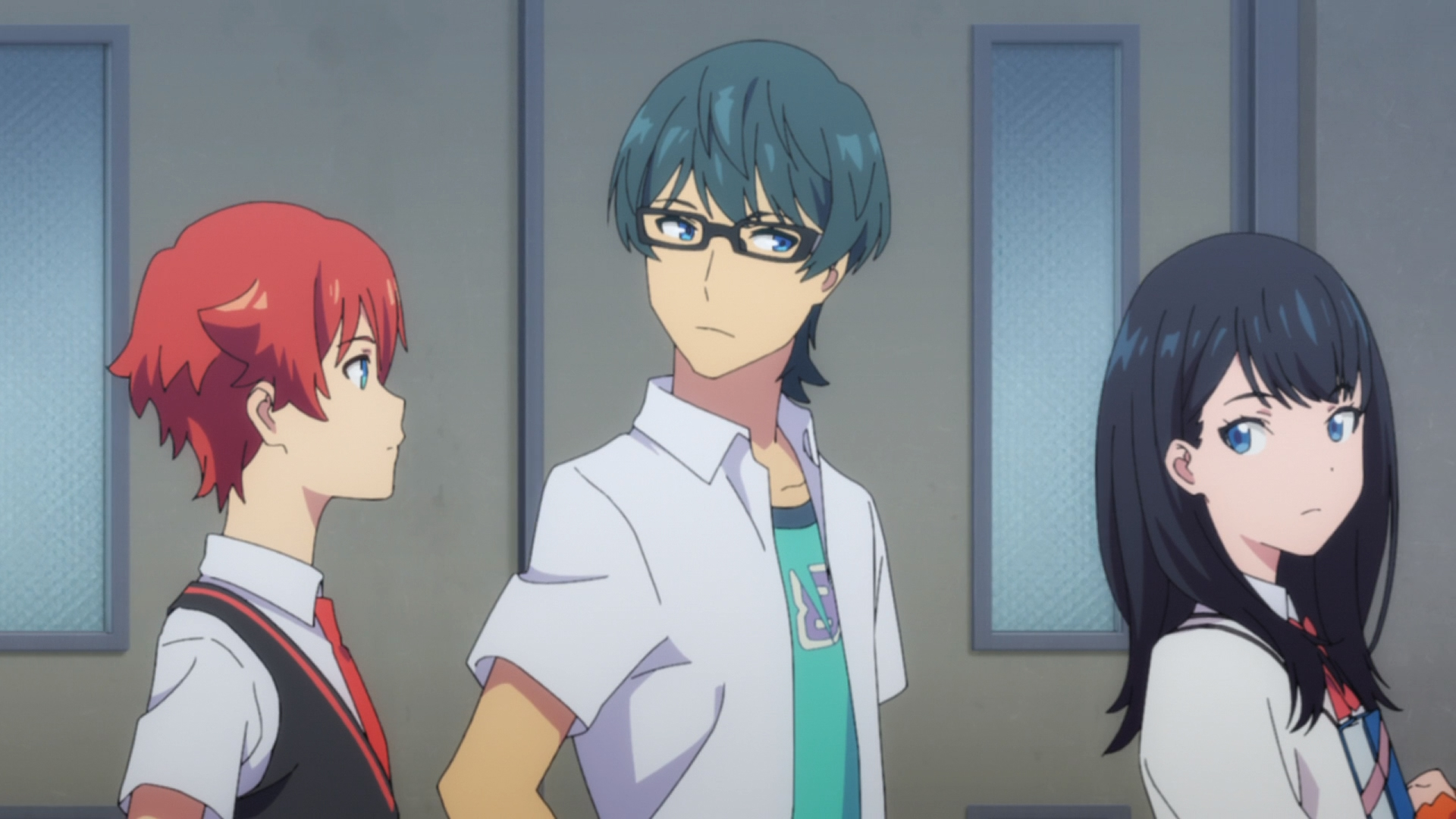
A lot of that characterisation is also down to the excellent voice acting, with both the English and Japanese dubs voicing characters in a way that really helps to create their personalities. Yuta is probably the blandest, although it reflects his blank, amnesiac state, however I really became fond of Yume Miyamoto’s droll, sarcastic delivery for Rikka in the Japanese, coming off as a very typical teenager, as well as Greg Ayres’ enthusiastic portrayal of Sho, fitting the character’s otaku tone very well. Additionally, while I’m more familiar with Reina Ueda in another show, I was impressed by her much higher voice used here for Akane than I’m used to.
The soundtrack is also a standout highlight, with Shiro Sagisu’s (Neon Genesis Evangelion, Bleach) score perfectly capturing the feel of the series. In addition, it uses some of the music from the original 90s TV series, and while this will probably pass by unnoticed by Western viewers, it serves to keep it consistent for anyone who has seen the live action original.
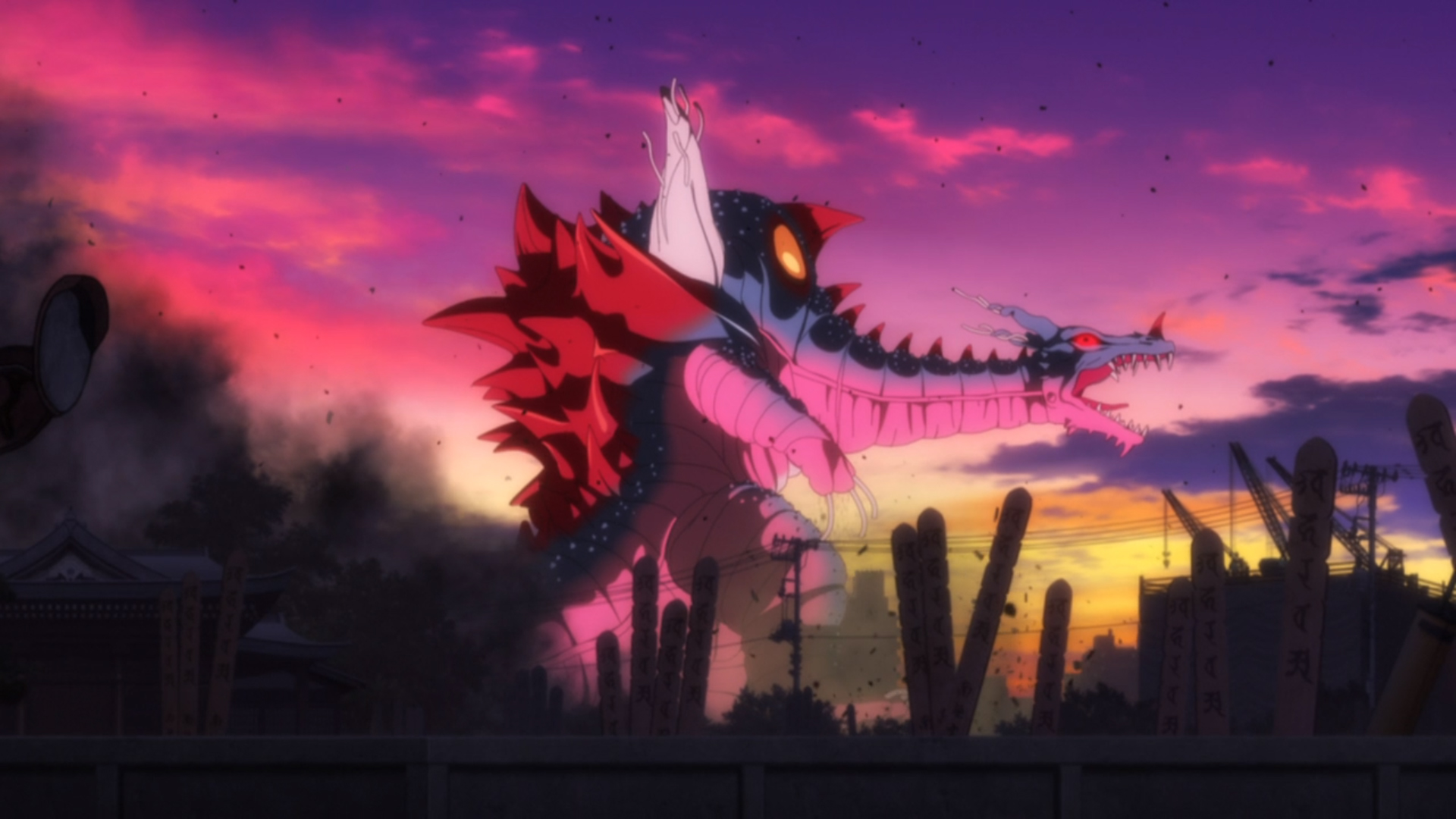
SSSS.Gridman is available from Manga Entertainment on both DVD and Blu-ray, along with a collector’s edition dual-format release. On the discs there’s the entire 12-episode series in Japanese and English, along with a making of feature. The collector’s edition also sports an artbook, art cards and some extra merchandise in a limited edition box.
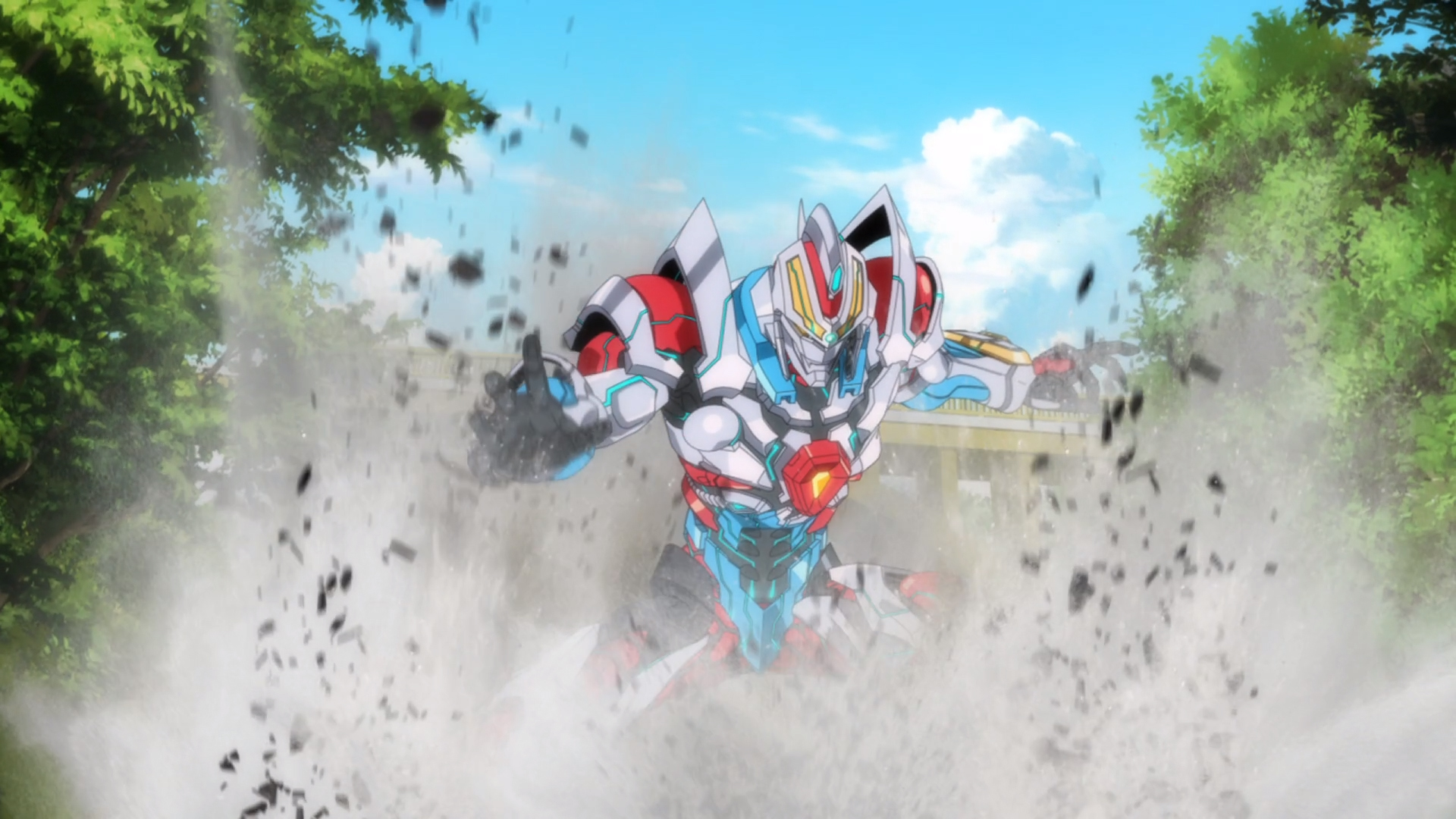
Overall, SSSS.Gridman combines Studio Trigger’s trademark style and eccentricity with the absurdness and creativity of the tokusatsu genre. Despite some questionable elements, it remains faithful to the original 1990s TV series with the kaiju and the action sequences, while telling an engaging and heartfelt story with a strong cast of characters that easily drop into Trigger’s extended universe. Fun, meaningful, and easy to approach for genre newcomers, this is definitely a must-see.


